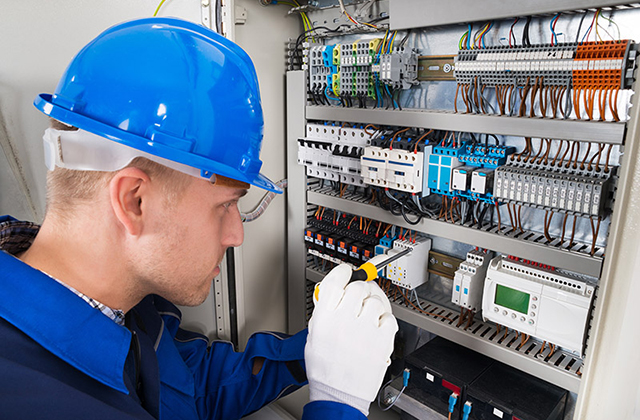Stains on concrete are not only unsightly, but can also weaken the surface of your driveway. For outdoor cleaning, a pressure washer is fast and efficient, and uses less water than a garden hose. A cement driveway cost Perth can be calculated with the number of area of your driveway.
Pressure washers are portable and can run on either electricity or gas. The engine powers a water pump, which is fed by a garden hose. The unit pressurizes the water so it comes out with greater force than a garden hose alone could muster.
The cleaning power of a pressure washer is determined by combining its water pressure (measured in pounds per square inch, or PSI) with the amount of water used to clean a surface (measured by gallons per minute, or GPM). To calculate its cleaning power, or CP, multiply a pressure washer’s maximum PSI rating by its GPM flow (CP = PSI x GPM).
That much pressure is designed to strip substances away from surfaces, so be careful when using a pressure washer. It can just as easily strip away a plant as a stain. Above all, never point the spray wand at a person as it could well cause injury.
Skill level
- Intermediate
Time required
- 2-3 hours for cleaning and sealing, plus several days for drying and settingMaterials
- Degreaser/cleaner
- Tarp (optional)
- Painter’s tape (optional)
- Driveway sealant
Tools
- Broom
- Pressure washer (also available to rent)
- Pressure washing-formulated detergent (check machine instructions)
- Garden hose
- Rubber boots, gloves and safety glasses (recommended)
- Paint roller and extension pole
Step 1: Prepare the area
Clear the surface of your driveway of any loose material, particularly stone and dirt. If your driveway abuts any walls or doors, you may want to cover them with a tarp and some painters tape. That will protect the finish from accidents or flying debris. Take a few moments to determine which end of your drive is the highest and what direction water flows when it runs across the surface.
Step 2: Degrease the surface
Applying a degreaser will loosen stains in the concrete, allowing you to pressure it away. Some pressure washers have an attachment tool for applying degreaser. Otherwise, scrub the degreaser into the concrete with a stiff-bristled brush or push broom.
Step 3: Ready the pressure washer
If your pressure washer came with instructions, be sure to follow those as they will be specific to the model you’re using. Generally speaking, though, you’ll need to connect the spray wand to the washer using a pressure hose, and the washer to a water supply using a garden hose. Different nozzles are available for different purposes. For applying the detergent, use the low-pressure nozzle; for rinsing, use the high-pressure nozzle, but do not use the high-pressure nozzle on brick surfaces.
Step 4: Clean the concrete
It’s finally time to fire up the washer. Start at the higher end of the drive and work your way in the direction of water flow. Pointing the spray wand at the surface of the drive, depress the trigger and sweep the nozzle steadily back and forth across the concrete, overlapping each stroke by several inches. Once you’ve applied detergent to the entire surface, let it stand for a quarter of an hour or so. You may need to rewet it occasionally to make sure that it doesn’t dry out.
Step 5: Rinse the concrete
After 15 minutes, switch to the high-pressure nozzle and set the pressure washer to its rinse mode. Repeat the sweeping pattern you used before, washing away the detergent and using the spray to lift any grime or stains you find. Make tighter sweeps to lift heavier stains. Be sure to rinse away all of the detergent.
Step 6: Seal the concrete
After the concrete has dried completely, apply a sealant to help ward off future stains. Using a roller with an extension poll, coat the surface of the driveway with a concrete sealant. Allow the surface to set a full day before using the driveway.


